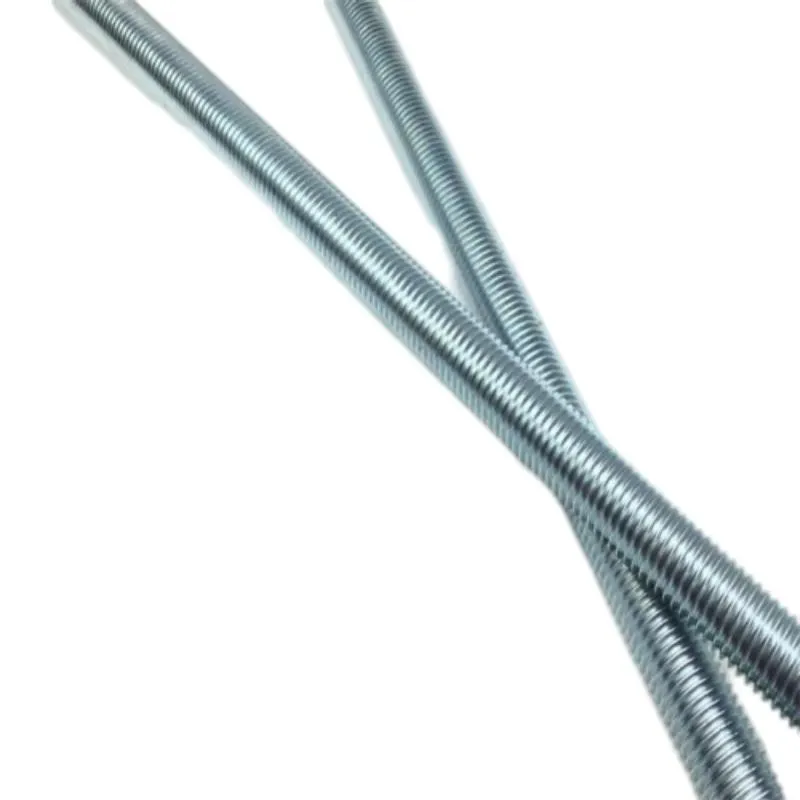Set . 04, 2024 10:17 Back to list
what type of screws to use for metal studs
When working with metal studs, especially in constructing interior walls, choosing the right type of screws is crucial for ensuring structural integrity and durability. Metal studs are increasingly popular in commercial and residential construction due to their lightweight, resistance to rot and pests, and ease of installation. However, attaching various materials like drywall, track, and various fixtures to these studs requires specific screws designed for metal applications.
Types of Screws for Metal Studs
1. Self-Drilling Screws The most common type of screw used with metal studs is self-drilling screws, often referred to as tek screws. These screws have a drill bit-like tip that allows them to penetrate metal without the need for pre-drilling. They are available in various lengths and thread types, making them suitable for different applications, such as securing drywall to studs or attaching steel tracks.
2. Sheet Metal Screws For fastening items like electrical boxes and other metal fixtures to metal studs, sheet metal screws are an excellent choice. These screws feature sharper threads and a stronger design, allowing them to grip into the stud material effectively. They are particularly useful when working with thinner gauge studs commonly found in modern construction.
what type of screws to use for metal studs

3. Drywall Screws While traditionally used for attaching drywall to wood studs, drywall screws can also be used in metal stud applications, especially when using self-tapping types. These screws are designed with a bugle-shaped head, reducing the risk of tearing the drywall paper and ensuring a smooth finish. However, ensure they are long and robust enough to penetrate the metal stud adequately.
4. Lag Screws For heavy-duty applications, lag screws can be used to anchor heavier fixtures to metal studs. These screws require pre-drilling and are best suited for more substantial loads where additional strength is needed.
Considerations for Choosing Screws When selecting screws for metal studs, consider the thickness and gauge of the metal. Thicker metal may require longer or heavier screws with a suitable threading to ensure a secure hold. Additionally, the environmental conditions should be taken into account—using galvanized or coated screws can help prevent corrosion in moist settings.
In conclusion, using the right screws is essential when working with metal studs to achieve a secure and lasting installation. By evaluating the specific needs of the project and selecting appropriate screws, builders can ensure safety and durability in their construction projects. For optimal results, consulting manufacturer guidelines can also provide insights into the best practices for fastening metal studs.


